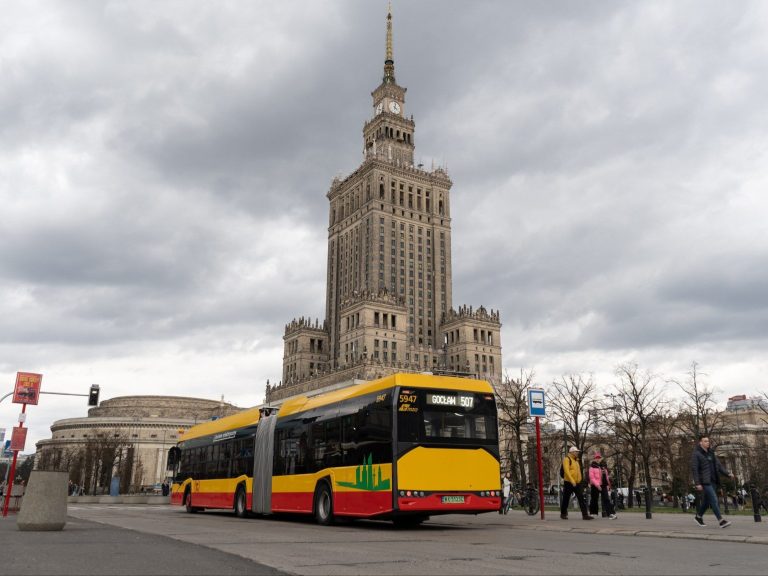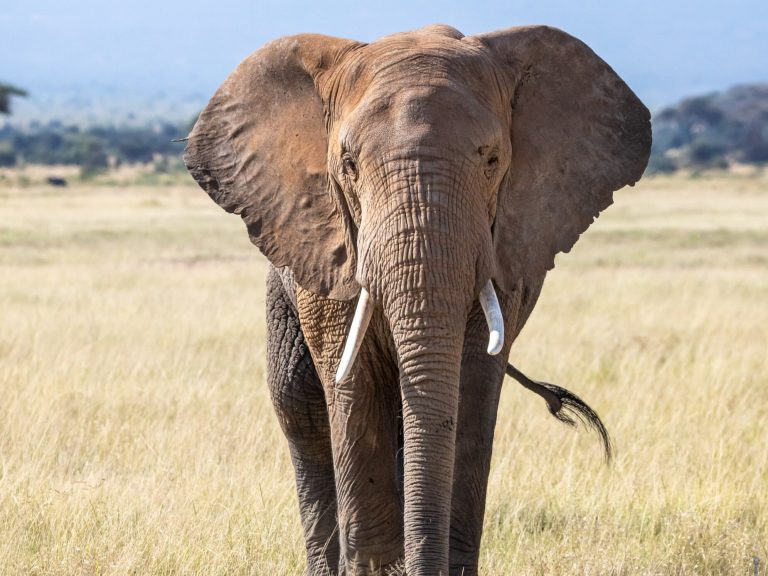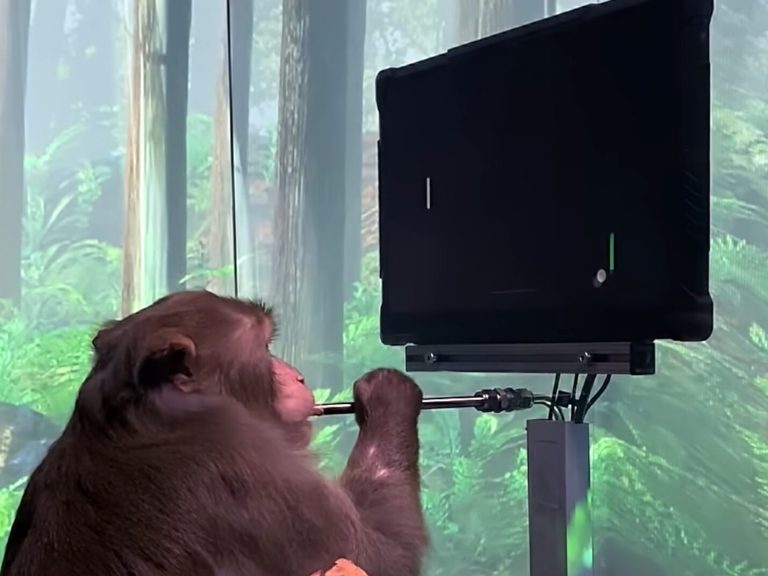They build racing cars and planes, competing with students from all over the world. We visited their workshops

Activity in scientific clubs allows students to gain experience in carrying out scientific projects and raising funds for their implementation, as well as to develop many competencies valued by employers. As part of the “Science is a Polish specialty” series, we visited two scientific clubs operating at the Warsaw University of Technology – WUT Racing and SAE AeroDesign.
At the Warsaw University of Technology there are over a hundred scientific clubs organized at several faculties. They focus on various activities from designing the city of the future to constructing Martian rovers. As part of the “Science is a Polish specialty” series, we visited two clubs that can boast of many achievements in their fields. These are the WUT Racing Interdepartmental Scientific Circle – constructors of a racing car and the SAE AeroDesign Interdepartmental Student Scientific Circle dealing with the construction of remotely controlled aircraft.
WUT Racing, or how to create a car
The main goal of the WUT Racing wheel is to build a car that will compete in Formula Student competitions held in many places around the world. The members of the circle are 88 people, mainly students of the Warsaw University of Technology, but also other Warsaw universities. – This is one of the largest scientific clubs at the Warsaw University of Technology – tells us the president of the club Kamil Rusek.
The members of the circle deal with all the elements that are needed to participate in the competition, i.e. not only designing and constructing the car and driving it, but also e.g. logistics, contacts with the media, running social media and, perhaps most importantly, raising funds for the club’s activities from various support programs and sponsors. – The value of the car behind me is about PLN 400,000 – emphasizes Rusek, showing us the last construction.
The Formula Student competition itself is to test the skills of students from technical universities around the world. They are held in three categories, in which teams construct combustion, electric or autonomous cars, respectively. The WUT Racing team competes in the combustion cars category.
– The competition is divided into two parts. In the first part, hard skills are assessed, including engineering skills, but also business skills and the cost estimate of our project – Krzysztof Ziemba, the leader of the technical department tells us. – The second part of the competition is the dynamic part, in which our constructions are tested on the track. It starts with a technical inspection, i.e. checking the compliance of technical solutions with the competition regulations, followed by braking, acceleration and driving tests in a circle. The final part of the competition is qualifying and the race. All these competitions are evaluated on points and according to the scores, the teams are classified – he adds.
The maximum speed of the car is approx. 140 kilometers per hour. – Why so little? Because the competitions we compete in take place primarily on agility tracks, not race tracks, where it is difficult to achieve higher speeds – says Ziemba, pointing out that the possibilities of the car’s construction are defined in detail by the regulations themselves, which evolve every year, and the car must be continuously adapted to changes. – Drivers driving on tracks cannot be professional drivers. It’s a challenge for us to learn not only to design these cars, but also to drive them. Of course, we choose the lightest drivers for the competition, so that the car’s performance is not dampened by the driver’s weight – laughs Ziemba.
Members of the circle gain many skills thanks to their activities in it, including, apart from engineering, also such as the ability to work in a group, communicate or acquire business cooperation. – We raise money from various types of grants offered by the Ministry of Education and Science, as well as the university as part of various programs to support student activities. However, an important element of our activity is also the acquisition of sponsors – emphasizes the coordinator of the PR department, Jakub Jóźwiak.
In addition to the competition itself, students from WUT Racing go to various types of fairs, where they acquire sponsors, recruit new members of the circle and can meet potential employers. – Acting in a circle is one of the best opportunities to gain experience, which is later appreciated by future employers – points out Jóźwiak.
SAE AeroDesign – aircraft builders for over 30 years
The second club we visited in their workshop was the SAE AeroDesign Interdepartmental Student Research Club, whose members have been building various types of remotely controlled aircraft for over 30 years. The name of the wheel itself comes from the annual SAE AeroDesign competition in the USA, in which the wheel has been taking part since its inception.
– At the moment, our circle has 90 people – the chairman of the circle, Bartosz Zięzio, tells us. – Members of the circle are students from all over the Warsaw University of Technology. They are mainly aviation enthusiasts, pilots, but not only. We welcome anyone willing to help us build planes,” he adds
The circle is divided into four main sections, which are defined by the airplanes students build. These are constructions in the regular, micro, advance and aircargo classes.
– Our members, after completing their adventure with our wheel, are able to build, design, but also make an aircraft from start to finish – Zięzio tells us. – We teach them how to perform mass, strength and aerodynamic analyzes and how to make an aircraft not only in 3D, but also in reality – he emphasizes. – What we teach members of our club, later allows them to easily find a good internship or a good job – he points out.
We also asked students from SAE AeroDesign about financing their projects. – We receive many grants, including ministerial grants from such programs as “The best of the best” or “Student science clubs create innovations”. In addition, we receive grants from the university as well as funds from sponsors,” points out Zięzio.
Maciej Kupras, vice-chairman of the club, told us about the SAE AeroDesign competition, for which representatives of the club go to the United States every year. – Preparation for the competition begins with reading the regulations, checking what is allowed and what will bring us the greatest point advantage – he points out.
The aim of the competition is to independently design and build remotely controlled aircraft with the highest payload. The competition itself is held in three classes – regular, micro and advanced. In the regular class, the use of fiber composites is prohibited, and points are scored for the transported static load, i.e. metal plates, and for transporting a specific size, which recently was footballs. In the micro class, i.e. small aircraft, points are awarded not only for the transported static cargo, but also for non-standard cargo, which currently consists of boxes in the shape of pizza boxes. And the advanced class consists in designing and building an aircraft that is able to perform predetermined missions in an autonomous manner.
– We usually fly to the United States a few days before the competition itself, so that we can properly prepare the planes, assemble them and perform test flights. This year, 70 teams from all over the world took part in the competition alone, says Kupras. – At the competition, apart from the performance of many flights, which are scored by the judges, it is also very important to prepare a report on the creation of the aircraft and the technical presentation of the structure in front of the judges. The aircraft must also undergo a technical inspection so that the judges make sure that the structure complies with the regulations, he adds.
In addition to the SAE AeroDesign competition in the USA, last year members of the circle also competed in the Air Cargo Challenge competition, the last edition of which was held in Munich. The wheel also appears at many events, both college and national aviation events.
You can follow the activities of both clubs on an ongoing basis on their social media.






